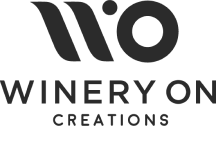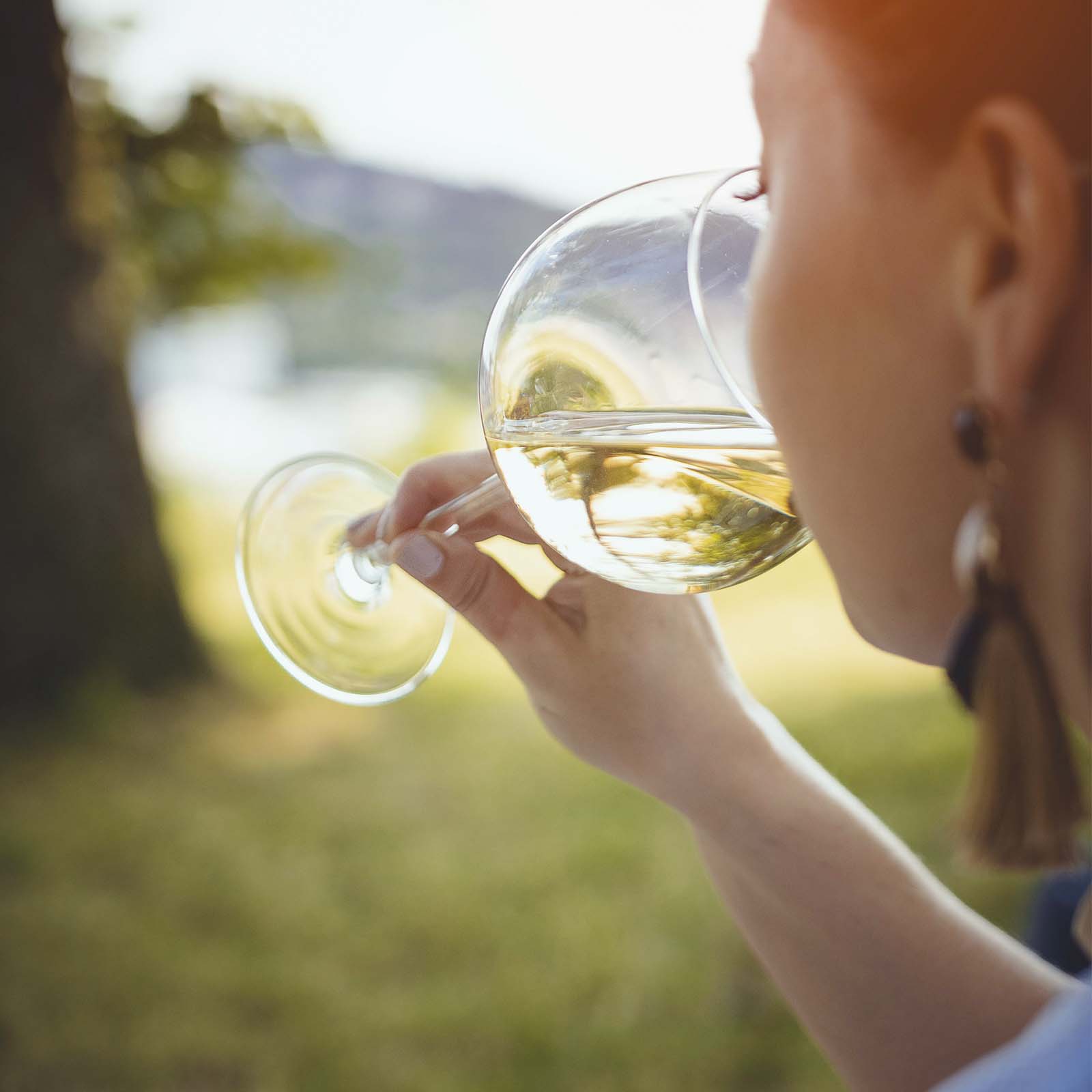Tastings are in fashion. As a social act and as an event with which to be able to contact new products, mostly artisan, of high quality and where they give us the opportunity to know their elaboration process or know their details more hidden.
In the case of wine, tastings have become rituals that put at our fingertips the possibility of appreciating in all their details the different wines that a winery makes.This is a great way to learn about the effort involved in making each variety.
At Winery On Creations we love tasting our wines because they give us the opportunity to convey everything else you don’t see. In particular, the affection we put to each of the details that make up our broths. Therefore, when we organize a we take care of every detail of the phases of a tasting .
And we are surprised to learn that there are people who have gone to other tastings where the different phases that an act of this kind has to be composed have not been followed. To get to know them, we have written this article to explain what steps make it up and how it should be done to appreciate wines in the right way.
Obviously, at all times we are referring to the tastings that the general public has access to, not those that develop professionals. Those have another function and require years of training.

PHASES IN WINE TASTING
Although not all tastings are the same, the fact is that they all must be made up of different phases in which one or more experienced or knowledgeable people guide a group of people about this reality.
Before you start, you need to consider the space where the tasting is going to take place. It is not worth any room. It must be white or as neutral as possible so that colors are not altered by the environment.
The furniture should also be white whenever possible. In addition, this room must be located inside an area where smells, sounds and other interference from the environment cannot be found. It is about having the senses centered on wine and nothing more than the experience of tasting it.
It is also important that the lighting of the tasting space (better if natural) be taken care of and that it is uniform throughout the space; and the temperature that it makes inside it (it should be comfortable for the tasting person).
Once you’ve taken care of it all, the tasting itself consists of the following steps or stages:
- Visual phase. Here, the qualities of the wines that you go to taste are observed and valued. Its color, its transparency, whether or not it leaves tears on the glass of the glass when it is moved, etc. All this will be indicated by the staff that develops the tasting from the beginning of the tasting. And they will explain how we should value it and relate it to the type of wine, the type of grape used, etc.
- Olfactory phase. As is obvious, it is a question of appreciating the aromas that the wine produces. This is usually done by inserting the nose into the cup. However, this is not the only possibility. And it’s that another way to perceive them is once we’ve given a drink to wine. When subjected to movement, the wine releases other odors that are detected in the retronasal zone of our body. In this stage, they will also explain the existence of three types of aromas in wine:primary, secondary and tertiary (also known as buqué).
- Taste phase. At this stage they will guide us on the way a wine is appreciated when drinking it. The way they interact with taste buds, and how they connect with brain sensations.
After all this we will have understood wine better and will know how to appreciate it in all its splendor. So if you’re hiring a tasting, you should be assured before it will be developed according to these parameters and that the tasting will take all its phases. Otherwise, you won’t get good results.


